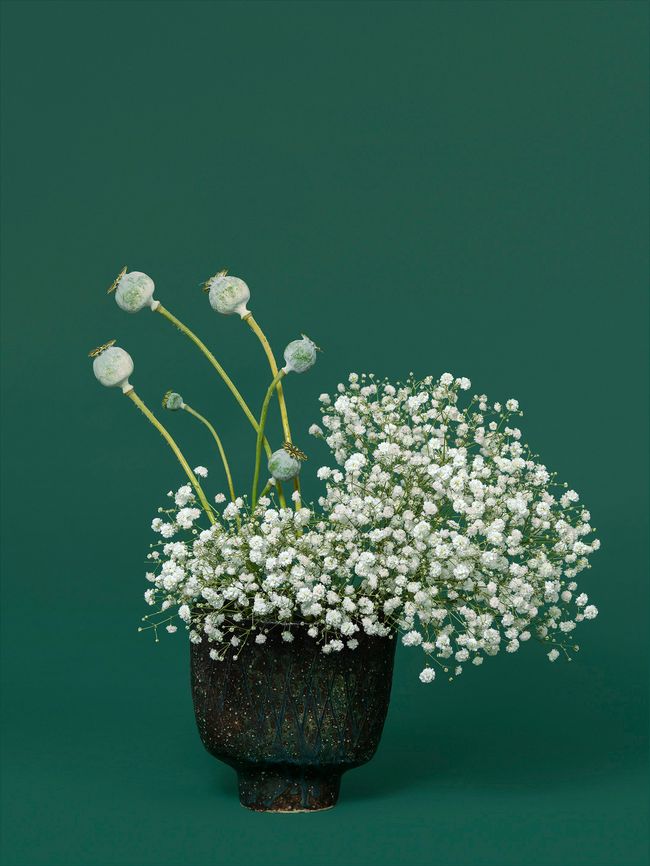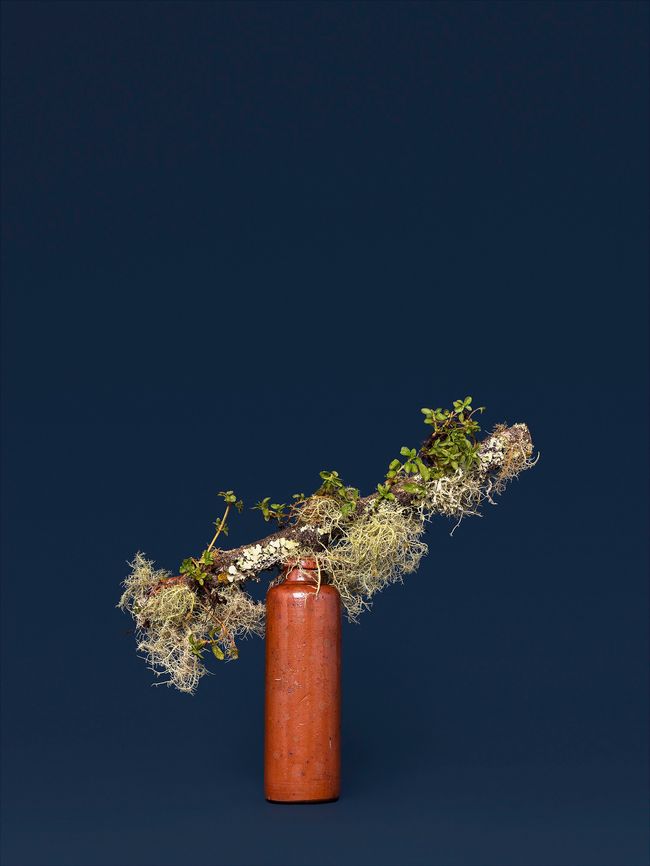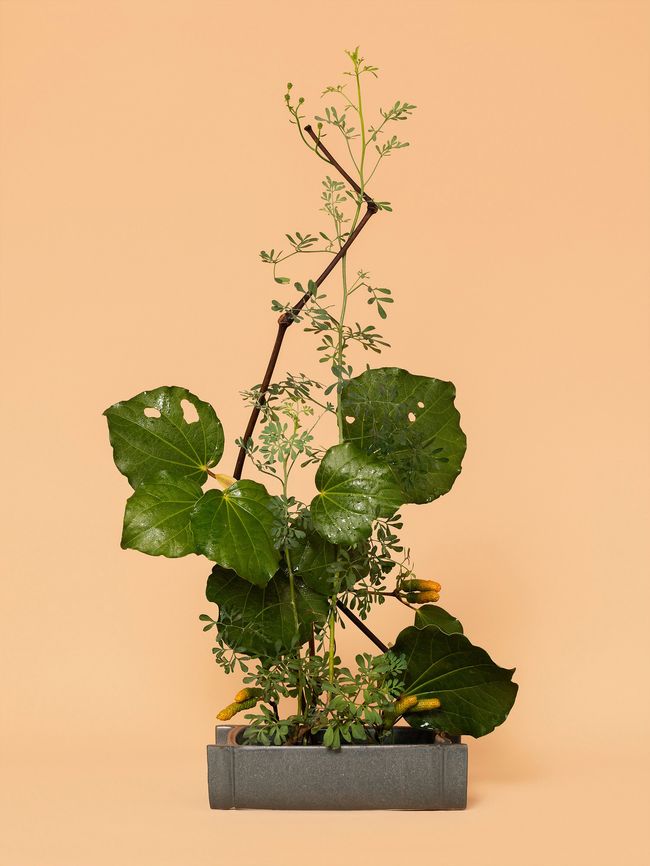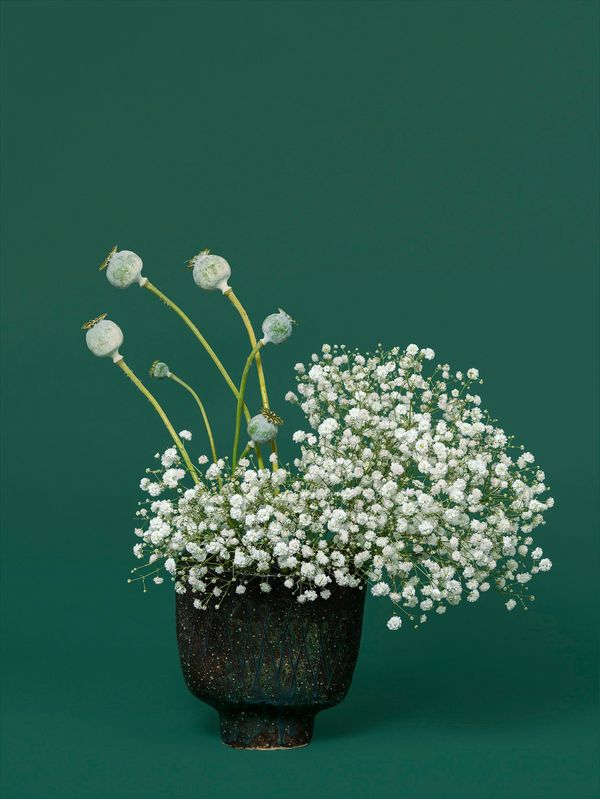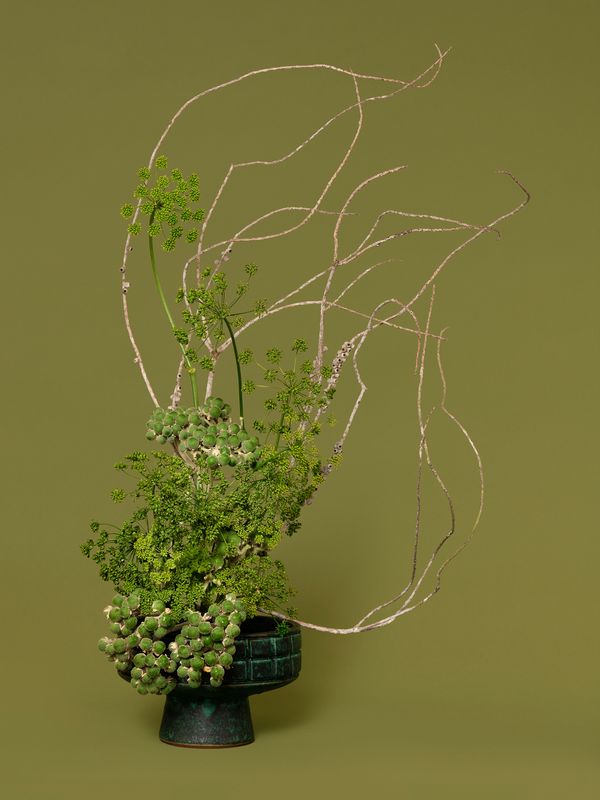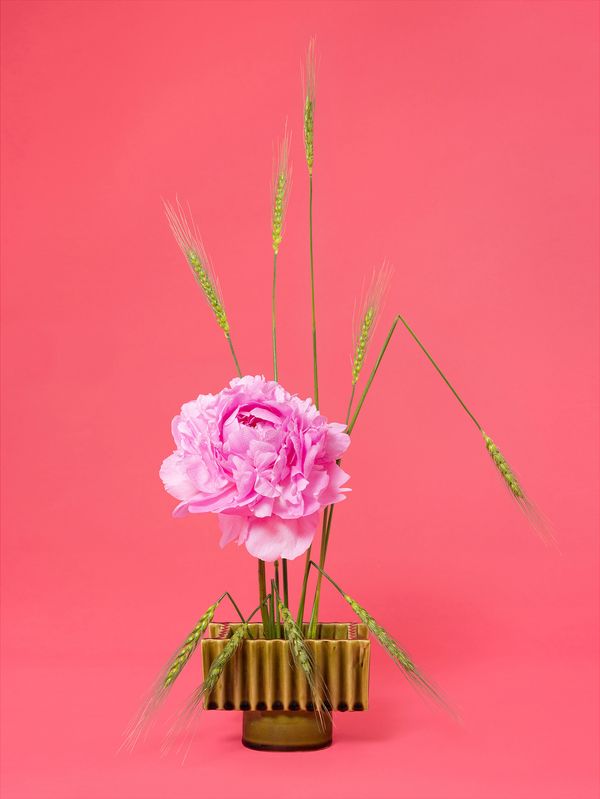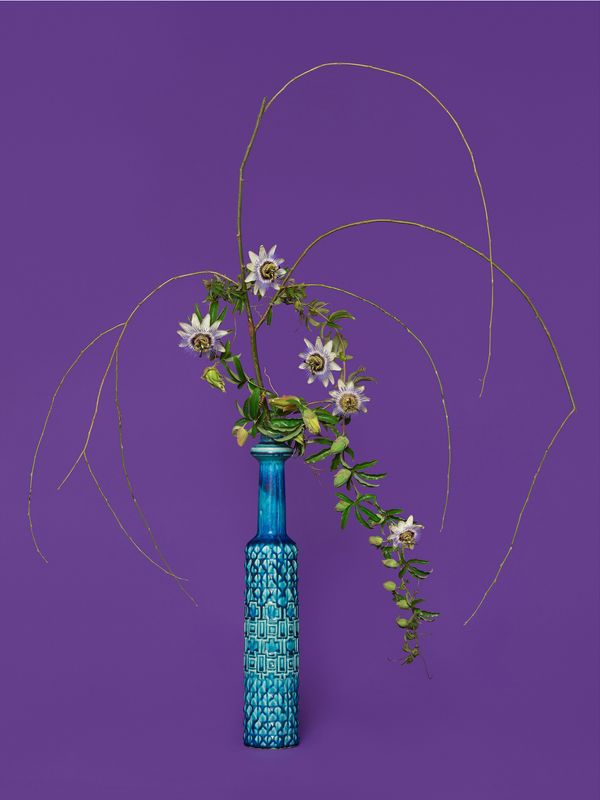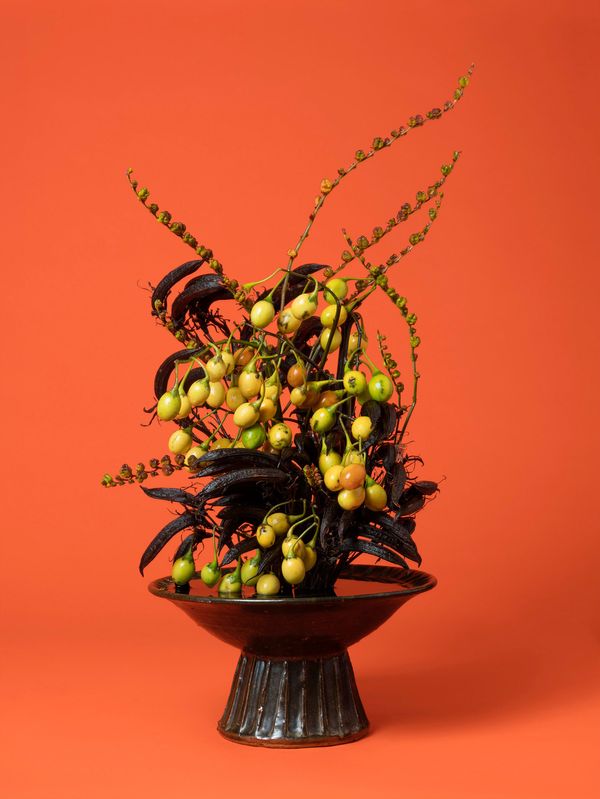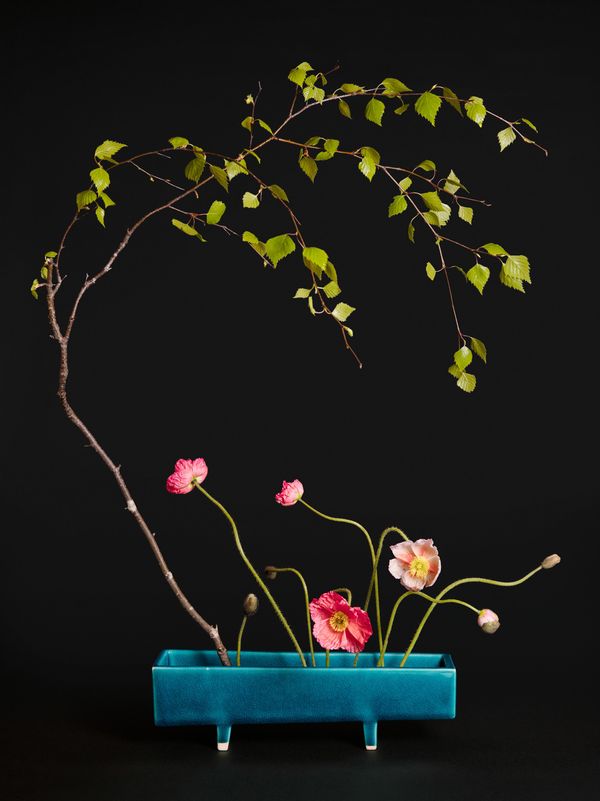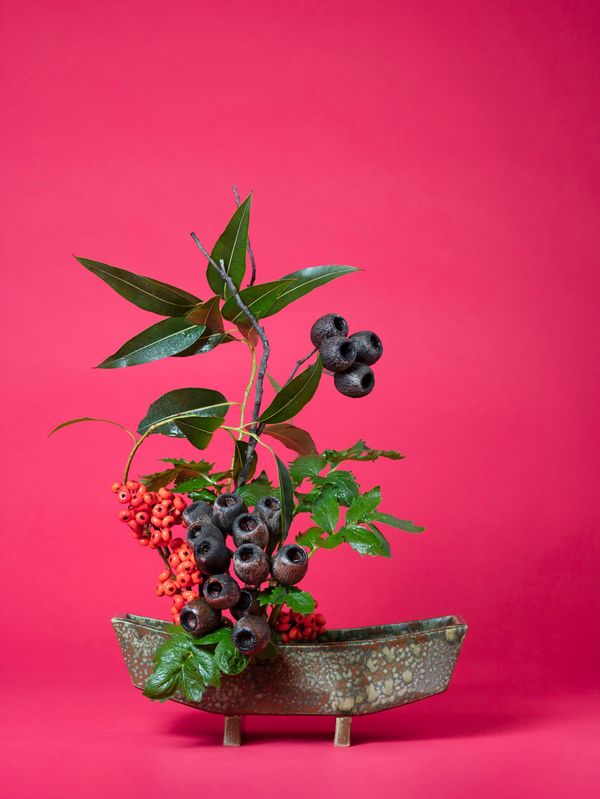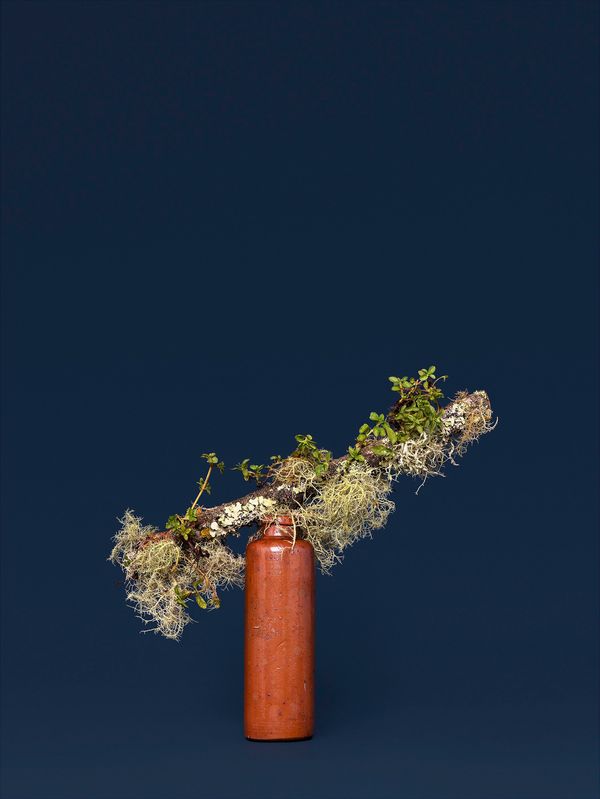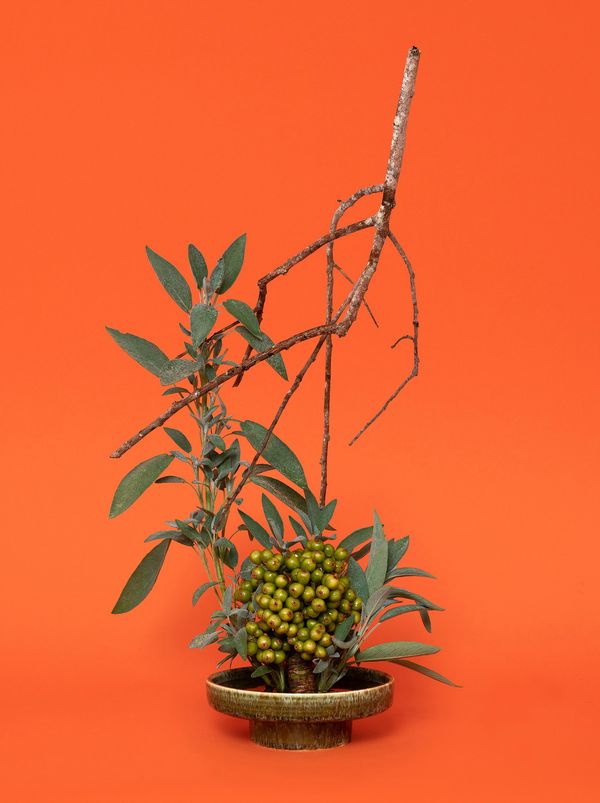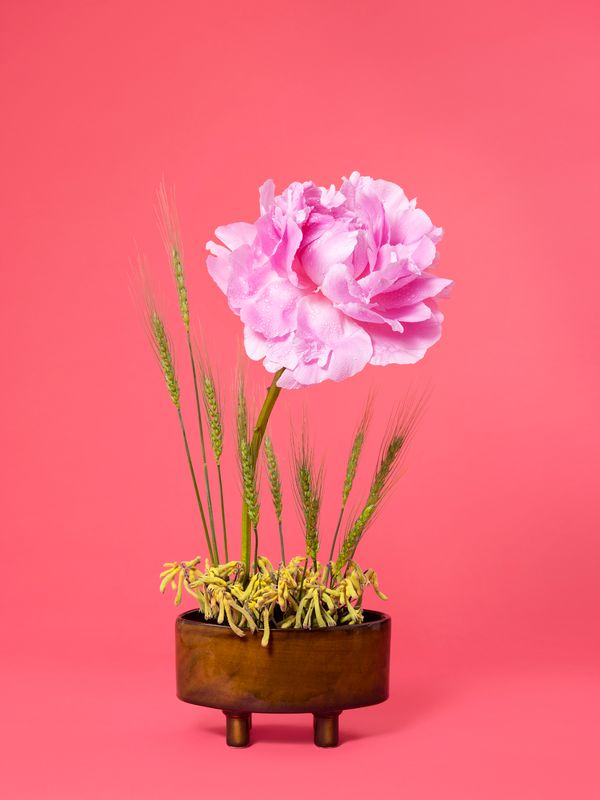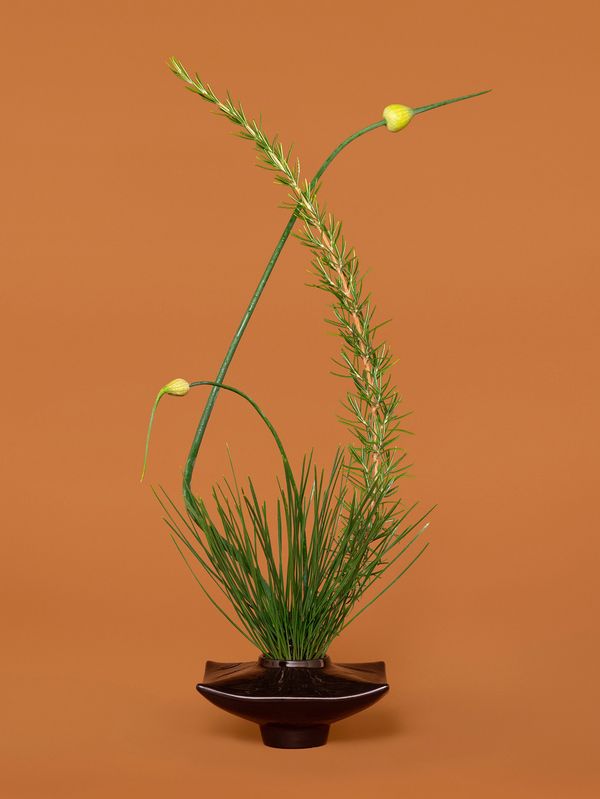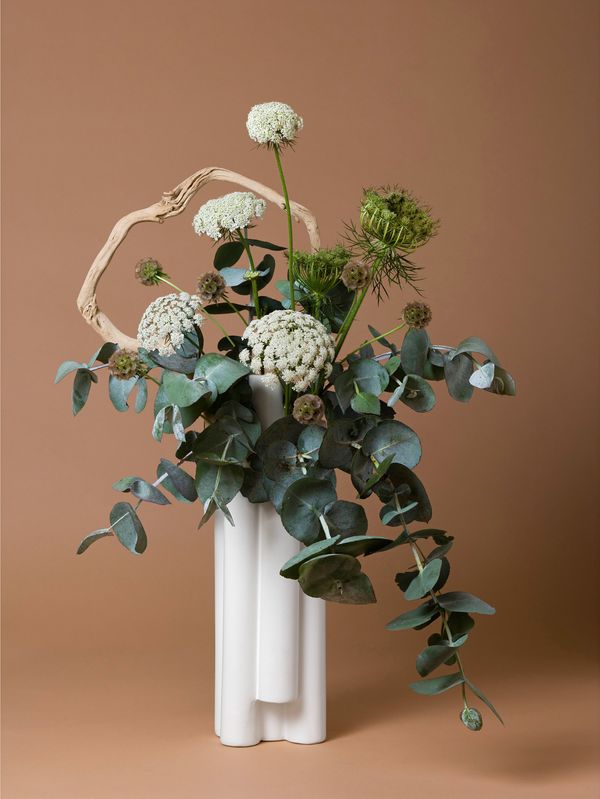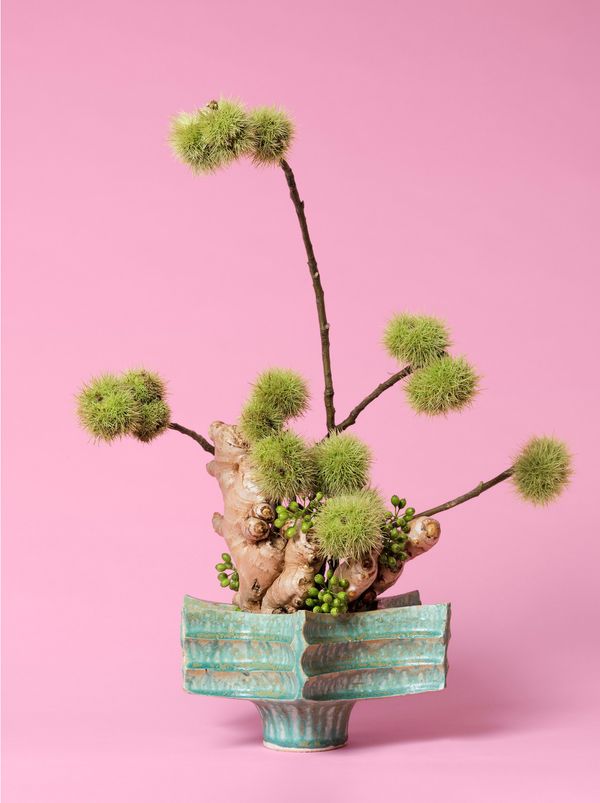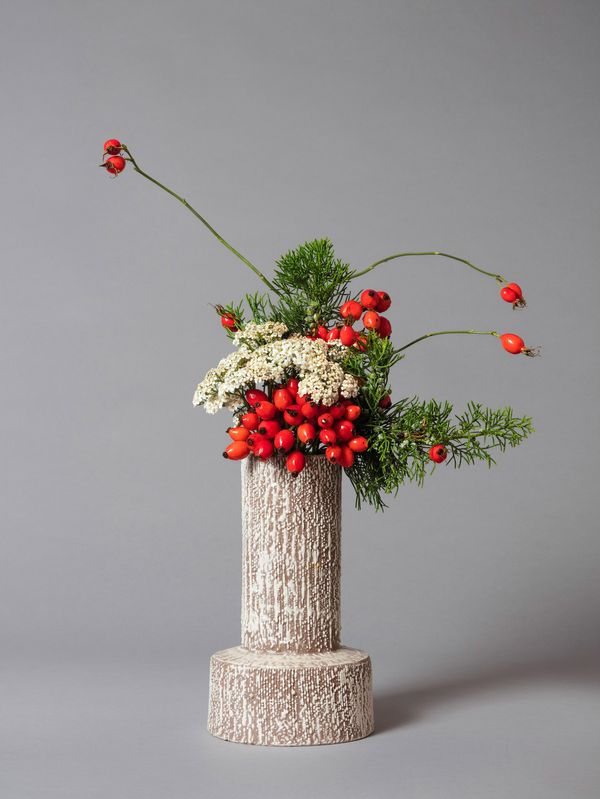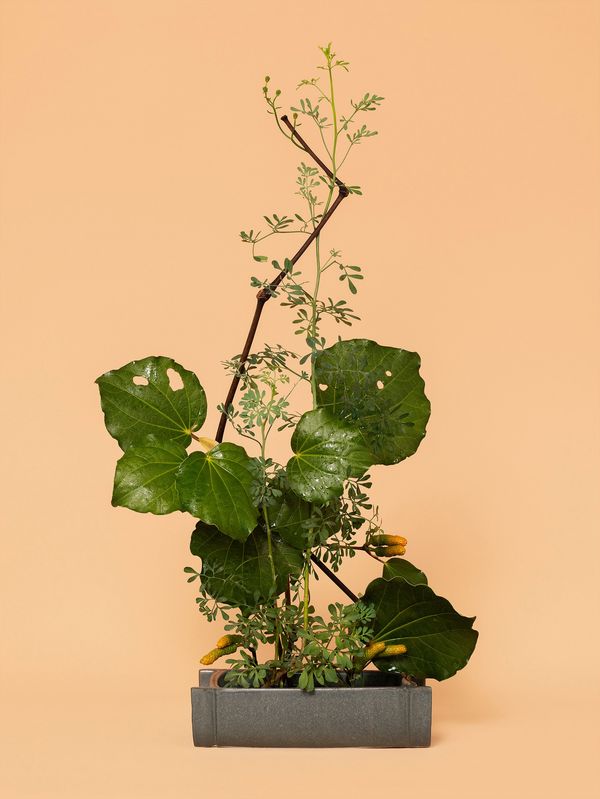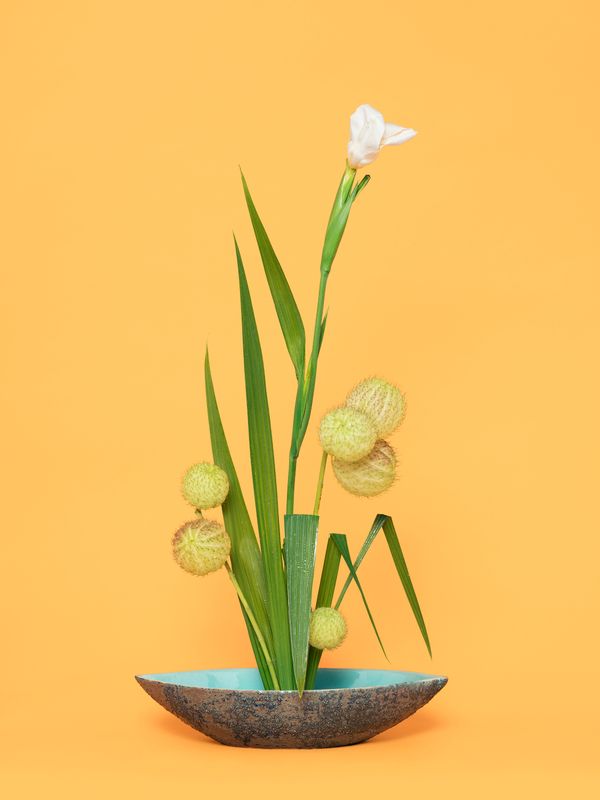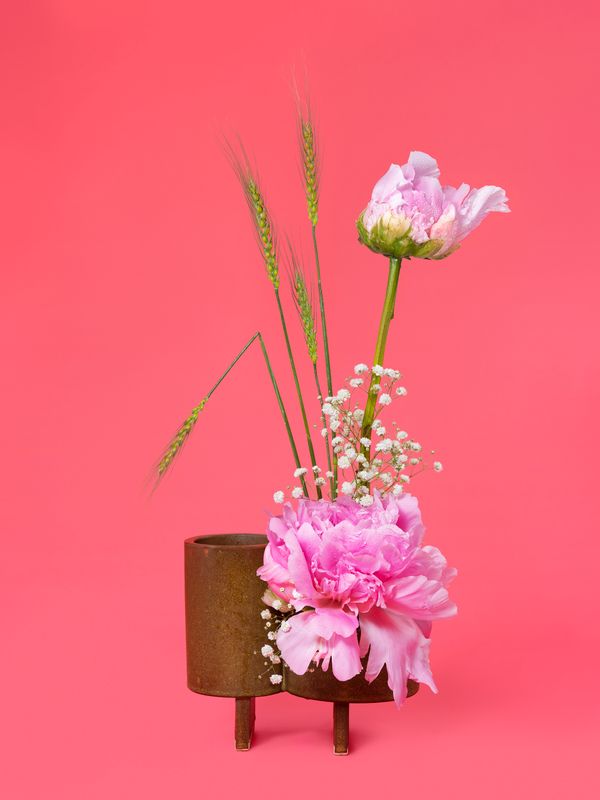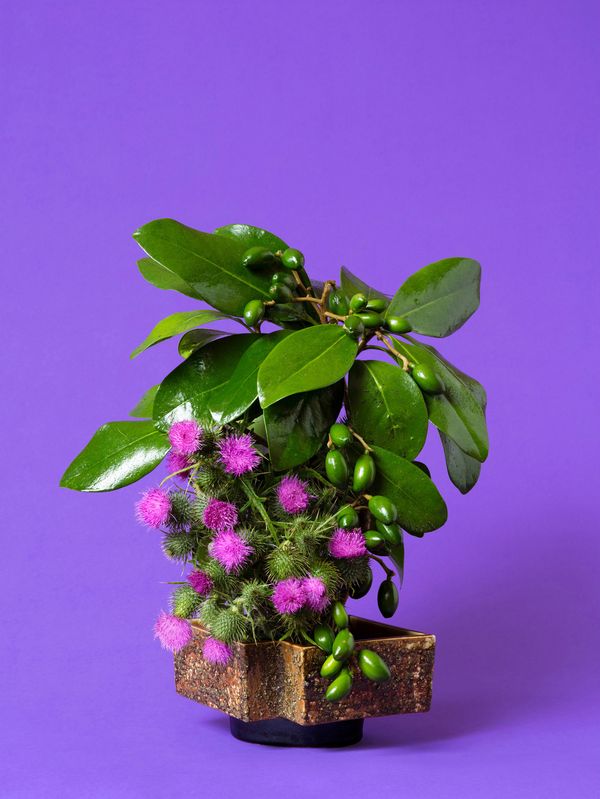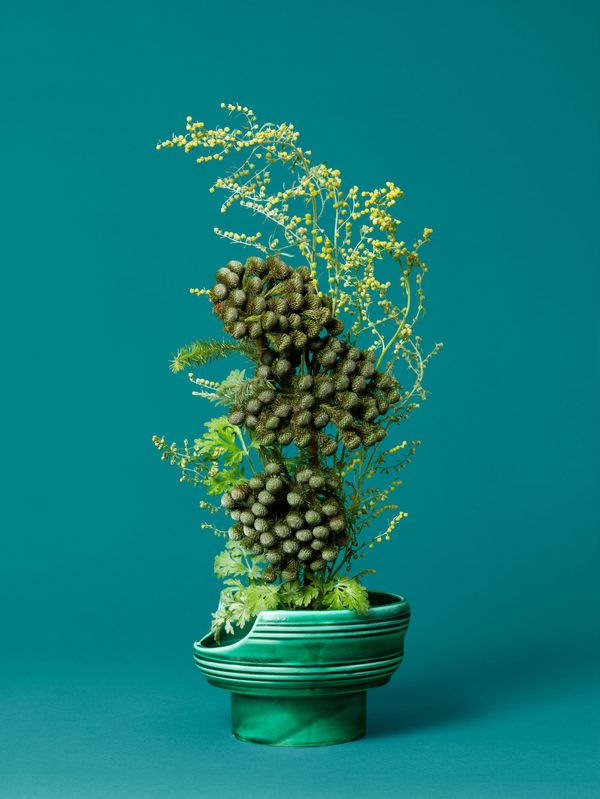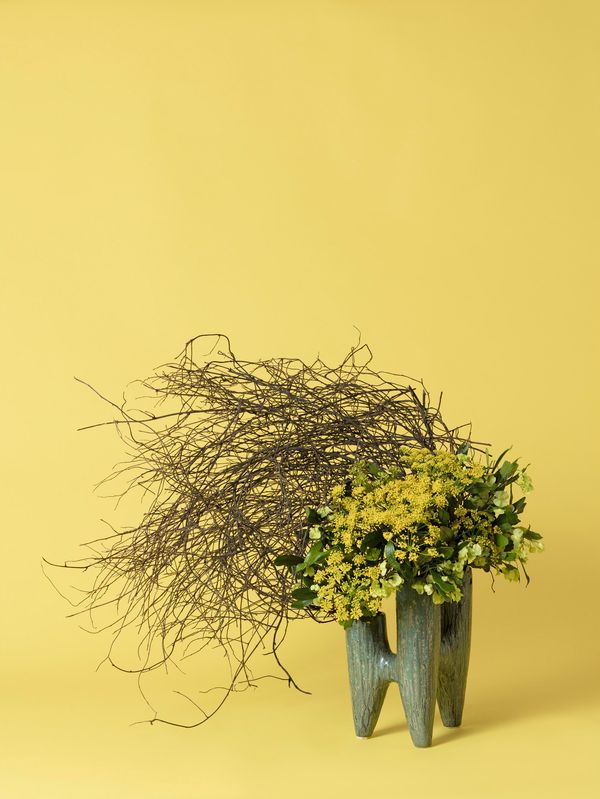'jane says'
-
Dates2015 - Ongoing
-
Author
- Location New Zealand, New Zealand
‘jane says’ is a photographic garden of plants, drawn from millennia of human history, used medicinally (part of recipes for tonics and tinctures), containing emmenagogues, abortifacients, contraceptives, or used as birthing aids related to reproduction.
"In its relationship with human beings, the plant kingdom has always locked itself closely into our virtues and our vices … There is therefore no reason to believe that future developments in the interaction between man and plants will be all beneficent. Man’s future with plants, like the past, will be filled with contradictions and threats. Plants, whether from rainforest, steppe, back yard or the hands of genetic engineers, will continue to produce commodities we have never dreamed of, new trade routes, new wealth and, no doubt, great dangers too." Stuart, David C. (2004). Dangerous Garden: The Quest for Plants to Change Our Lives. Cambridge, Massachusetts: Harvard University Press, p 203.
Ann Shelton’s 'jane says' is a photographic garden of flowers and herbs exquisitely arranged and offset against a brightly coloured background. The plants Shelton selected - rue, peony, pennyroyal, willow, poroporo, achillea - were drawn from millennia of human history in which they were used medicinally as emmenagogues (to bring on menstruation), abortifacients (to induce abortion), or contraceptives, all of varying strengths. Some are highly toxic, while others are simple herbs. Other plants in the series such as valerian were included as they were a common component in tonics and tinctures made for these purposes. Rich with oral and ancient histories Shelton’s intention is to remind us of the knowledge nature holds.
Along with her research into the histories of botanical medicine, colonial practices of abortion and human relationships with plants, Shelton learned Ikebana, the Japanese art of flower arrangement, which both inspired the arrangement style and introduces one of many themes of the work, the attempted control of women’s bodies. The titles of the pieces include references to the botanical names of the featured plant, and the name of an archetype of femininity, such as The Mother, The Witch, The Sibyl, and The Nurse or the more contemporary Supermodel. Following the New Zealand-based artist’s visit to the United States in 2019, Shelton made a number of works that responded particularly to that nation’s political moment, including a suite of three pink works titled “The Congress Woman,” “The Party Girl,” and “The Influencer,” which feature the “Dinner Plate Peony,” deliberately referencing Judy Chicago’s masterwork of feminist art on permanent view at the Brooklyn Museum. Other recent U.S.- influenced works include “The Justice,” inspired by Ruth Bader Ginsburg. Shelton’s work is significant in this moment not only of the politicisation of women’s health and the #metoo movement, but also in the time of climate change and the coronavirus, when a naturally occurring pathogen is causing worldwide devastation and death. Her work argues that our mismanagement of nature engendered incremental loss of knowledge and understanding that we cannot easily build back, and that continues to pose a danger to human existence.
This series of large-scale hyper-real works also draw on Shelton’s own childhood experiences of small-town flower-arranging competitions and her decades-old collection of 1970s ikebana magazines, the series utilises saturated utilitarian magazine aesthetics to draw a viewer into the deeper research context for the work ands includes printed matter and performance components. The accompanying performance, 'The physical garden', references the tradition of the artist lecture as performance and presents a viewer with glimpses into the historical context for these artworks: tracts of information, not unlike Walter Benjamin’s ‘Arcades Project’ (1927-1940) which was published unfinished as a kind of stream-of-consciousness list of related quotes which were assembled into common themes.
Further project background;
Many ancient Western medical practices incorporated herbal traditions into their healthcare regimes, allowing women to control their own reproductivity and health. Women certainly continue to use abortifacient or anti-fertility plant remedies, albeit in many instances covertly, in contemporary societies across the globe. Interweaving the underground trading of information, often orally, around these plants, both fabled and real, these photographs operate as an index to the discussion of reproduction and its control in society and are in dialogue with the tradition of still life photography. 'jane says' allows us to examine of the loss of this knowledge inside the secrecy of personal trauma, to consider the profound risks women took and continue to take in attempting to control their own bodies. Indeed Shelton was initially drawn to this material after reading trail blazing New Zealand Feminist Margaret Sparrow’s books on the history of abortion in New Zealand. Sparrow evidenced, primarily through death notices and autopsy reports, that women’s engagement with inaccurate information around abortifacients meant many died in the process of trying to find effective means to control their own bodies during Aotearoa New Zealand’s colonial period. New Zealand where Shelton is from only removed abortion from the Crimes Act in March 2020.
Ann Shelton (b. 1967, Aotearoa New Zealand) received her MFA from the University of British Columbia, Vancouver, Canada. She lives in Te Whanganui-a-Tara Wellington, New Zealand. Her most recent museum survey, Dark Matter, curated by Zara Stanhope (Director, Govett-Brewster Art Gallery, Ngāmotu New Plymouth, Aotearoa New Zealand), was hosted by Auckland Art Gallery Toi oTāmaki in 2016 and toured to Christchurch Art Gallery Te Puna o Waiwhetū in 2017. Shelton’s work has been the subject of numerous international exhibitions, in addition to being included in Images Recalled, Germany’s largest photographic biennale. Shelton’s practice has been extensively written about and reviewed in publications including Artforum, Hyperallergic, Journal of New Zealand, Pacific Studies, artnet news, The Art Newspaper, the Evergreen Review and more. Her works are included in public and private collections throughout Aotearoa New Zealandand and the United States. She is an Honorary Research Fellow in Photography at Whiti o Rehua, Schoolof Art Massey University. Her award winning artist books include mother lode and worm, root, wort, & bane.
Warning. Plants are powerful and have fascinating histories, part of which the artist is exploring here. But many of them are toxic, deadly and poisonous. The images in this series are artworks and do not constitute medical advice.
